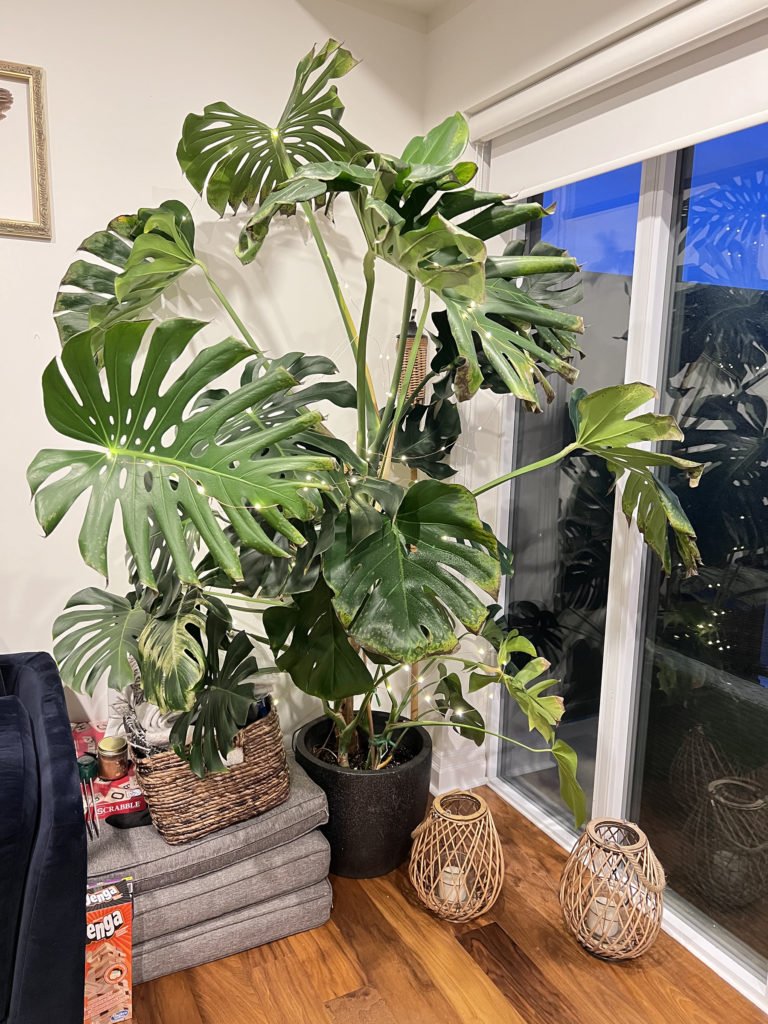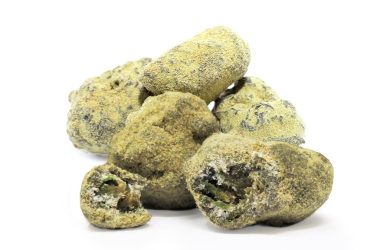Monstera plants can tolerate temperatures as low as 50°F for short periods, but sustained exposure to cold can harm these tropical beauties. Understanding how cold can Monstera tolerate is crucial to ensure their well-being during chilly seasons. As temperatures drop, providing proper care and protection can help your Monstera thrive. In this article, we will delve into the optimal temperature range for Monstera plants and share essential tips to help you safeguard them from the cold. Let’s explore how to keep your Monstera thriving in any climate.
How Cold Can Monstera Tolerate: A Comprehensive Guide
Welcome, plant enthusiasts, to our detailed exploration of a common concern among Monstera owners: how cold can Monstera tolerate? Monstera, also known as the Swiss cheese plant, is a popular choice for indoor plant lovers due to its beautiful lush leaves and easy maintenance. However, understanding the temperature requirements of your Monstera is crucial for ensuring its health and longevity. In this guide, we’ll delve into the optimal temperature range for Monstera, the effects of cold temperatures on this tropical plant, and essential care tips to help your Monstera thrive even in chillier conditions.
The Ideal Temperature Range for Monstera
To start our journey into the world of Monstera care, let’s first establish the ideal temperature range for these tropical beauties. Monstera plants thrive in warm and humid environments, mimicking their natural habitat in the rainforests of Central and South America. The optimal temperature range for Monstera is between 65°F to 85°F (18°C to 29°C). Maintaining consistent temperatures within this range is vital for the overall health and growth of your Monstera plant.
Understanding the Effects of Cold on Monstera
Now that we know the preferred temperature range for Monstera, it’s essential to understand how cold temperatures can impact these tropical plants. Monstera plants are highly sensitive to cold drafts and sudden temperature drops, which can stress the plant and lead to various issues such as slowed growth, yellowing leaves, and even cold damage. Exposure to temperatures below 50°F (10°C) can be particularly harmful to Monstera plants, potentially causing irreversible damage to their foliage and overall health.
Tips for Protecting Your Monstera from the Cold
As a Monstera plant parent, there are several proactive measures you can take to protect your beloved plant from the adverse effects of cold temperatures. Here are some essential tips to help your Monstera thrive even when the mercury drops:
1. Avoid Drafty Locations
One of the simplest yet most effective ways to protect your Monstera from the cold is to avoid placing it near drafty windows, doors, or air vents. Drafts can introduce cold air to your plant, causing temperature fluctuations that can stress your Monstera and hinder its growth.
2. Provide Adequate Insulation
If your Monstera is situated in a room that tends to get chilly, consider providing some insulation around the plant. This can be as simple as placing a barrier, such as a curtain or plant stand, between your Monstera and the cold source to create a buffer against temperature drops.
3. Monitor Temperature Levels
Investing in a thermometer for the room where your Monstera is located can help you keep track of temperature fluctuations and ensure that the environment remains within the ideal range for your plant. Regular monitoring will allow you to make necessary adjustments to maintain a consistent and optimal temperature for your Monstera.
4. Use Heating Mats or Lamps
For Monstera plants located in colder climates or during the winter months, consider using heating mats or lamps to provide gentle warmth to your plant. These heating sources can help create a microclimate around your Monstera, ensuring it stays cozy and protected from the cold.
In conclusion, understanding how cold Monstera can tolerate is crucial for ensuring the well-being of these tropical plants in your care. By maintaining temperatures within the optimal range, protecting your Monstera from cold drafts, and implementing proactive measures to create a warm and cozy environment, you can help your Monstera thrive and continue to delight you with its lush foliage. Remember, a happy Monstera is a healthy Monstera!
Thank you for joining us on this journey through the world of Monstera care. We hope this guide has equipped you with the knowledge and tips needed to keep your Monstera thriving, even when the temperature drops. Happy planting!
Monstera Deliciosa Care Tip
Frequently Asked Questions
What temperature range is suitable for Monstera plants?
Monstera plants thrive in temperatures between 65°F to 85°F (18°C to 29°C). They can tolerate slightly cooler temperatures but should be kept away from drafts and extreme cold conditions.
Can Monstera tolerate cold temperatures?
Monstera plants can handle short periods of cooler temperatures down to 50°F (10°C), but prolonged exposure to cold conditions can damage the plant, especially if the temperature drops below 50°F.
What should I do if I suspect my Monstera has been exposed to cold temperatures?
If you suspect your Monstera has been exposed to cold temperatures, move it to a warmer location away from drafts. Check the plant for any signs of damage such as wilting or discoloration and adjust its care routine accordingly.
How can I protect my Monstera from cold drafts?
To protect your Monstera from cold drafts, ensure it is placed in a location away from doors, windows, or air vents that may cause sudden temperature fluctuations. Consider using curtains or plant stands to create a barrier against cold drafts.
Final Thoughts
Monstera plants can tolerate temperatures as low as 50 degrees Fahrenheit for short periods. However, prolonged exposure to cold temperatures can damage their leaves and slow growth. To keep your monstera thriving, avoid exposing it to temperatures below 60 degrees Fahrenheit whenever possible. Consistently monitoring and maintaining a warmer environment is crucial for the health and well-being of your monstera. Remember, understanding how cold can monstera tolerate is key to ensuring its longevity and vibrancy.












